garden zones: which are you, REALLY?
midsummersgarden
13 years ago
Related Stories

LANDSCAPE DESIGNGarden Overhaul: Which Plants Should Stay, Which Should Go?
Learning how to inventory your plants is the first step in dealing with an overgrown landscape
Full Story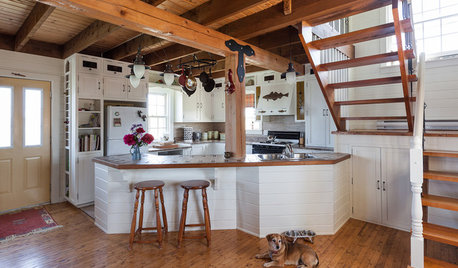
KITCHEN DESIGNOpen vs. Closed Kitchens — Which Style Works Best for You?
Get the kitchen layout that's right for you with this advice from 3 experts
Full Story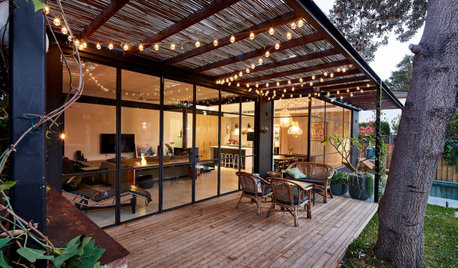
LANDSCAPE DESIGNWhich Pergola Is Right for You?
A covered pergola can increase the time you spend in your outdoor living space. Which covering should you choose?
Full Story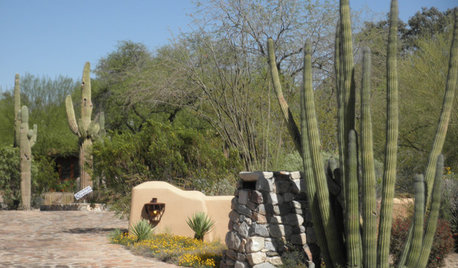
SOUTHWEST GARDENINGUnderstanding the American Southwest's Three Main Climate Zones
If you live in one of the arid or semiarid regions of the U.S. Southwest, this gardening zone guide is for you
Full Story
BATHROOM DESIGNWhich Bathroom Vanity Will Work for You?
Vanities can be smart centerpieces and offer tons of storage. See which design would best suit your bathroom
Full Story
DECORATING GUIDESWhich Rooms Get the Oscar?
On the eve of Hollywood’s night of nights, we bring you top films from the past year and their interior twins
Full Story
KITCHEN DESIGN12 Great Kitchen Styles — Which One’s for You?
Sometimes you can be surprised by the kitchen style that really calls to you. The proof is in the pictures
Full Story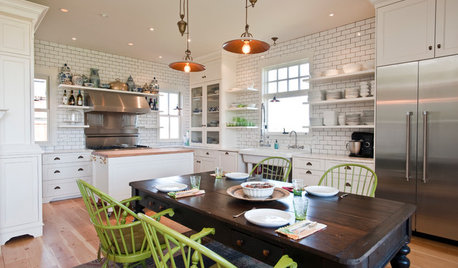
KITCHEN ISLANDSWhich Is for You — Kitchen Table or Island?
Learn about size, storage, lighting and other details to choose the right table for your kitchen and your lifestyle
Full Story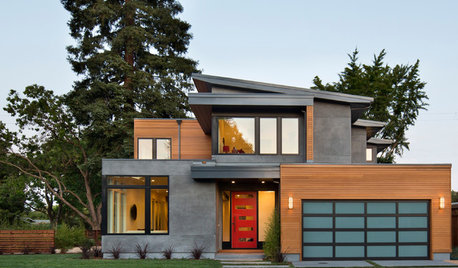
You Said It: ‘Which Color Truly Reflects You?’ and Other Quotables
Design advice, inspiration and observations that struck a chord this week
Full Story





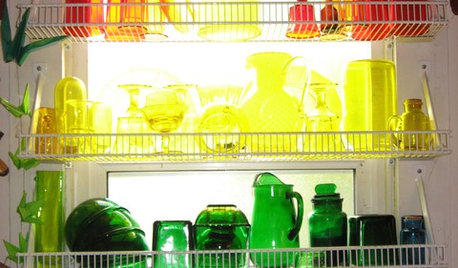


farmerdilla
wordwiz
Related Professionals
Maple Valley Landscape Architects & Landscape Designers · Ferndale Landscape Architects & Landscape Designers · Piqua Landscape Architects & Landscape Designers · Clermont Landscape Contractors · Edmond Landscape Contractors · East Lake-Orient Park Landscape Contractors · Edinburg Landscape Contractors · Lake Worth Landscape Contractors · Medford Landscape Contractors · South Portland Landscape Contractors · Bear Driveway Installation & Maintenance · Chattanooga Driveway Installation & Maintenance · Cleveland Driveway Installation & Maintenance · Fullerton Driveway Installation & Maintenance · Grand Rapids Driveway Installation & Maintenancedigdirt2
solidago1
sandhill_farms
curt_grow
wordwiz
nancyjane_gardener
robin_maine
taz6122
the_sun
Dan _Staley (5b Sunset 2B AHS 7)
gargwarb
makete
caroliniannjer
the_sun
scarletdaisies
oregonwoodsmoke
wordwiz
digit
loribee2
glib
nancyjane_gardener
taz6122
digit
jane__ny
pnbrown
wordwiz
scarletdaisies
pnbrown
firstyear
neohippie
jordanz
sandhill_farms
nann0n
wayne_5 zone 6a Central Indiana
franktank232
franktank232
caroliniannjer
sffog
the_sun
albert_135 39.17°N 119.76°W 4695ft.
caroliniannjer